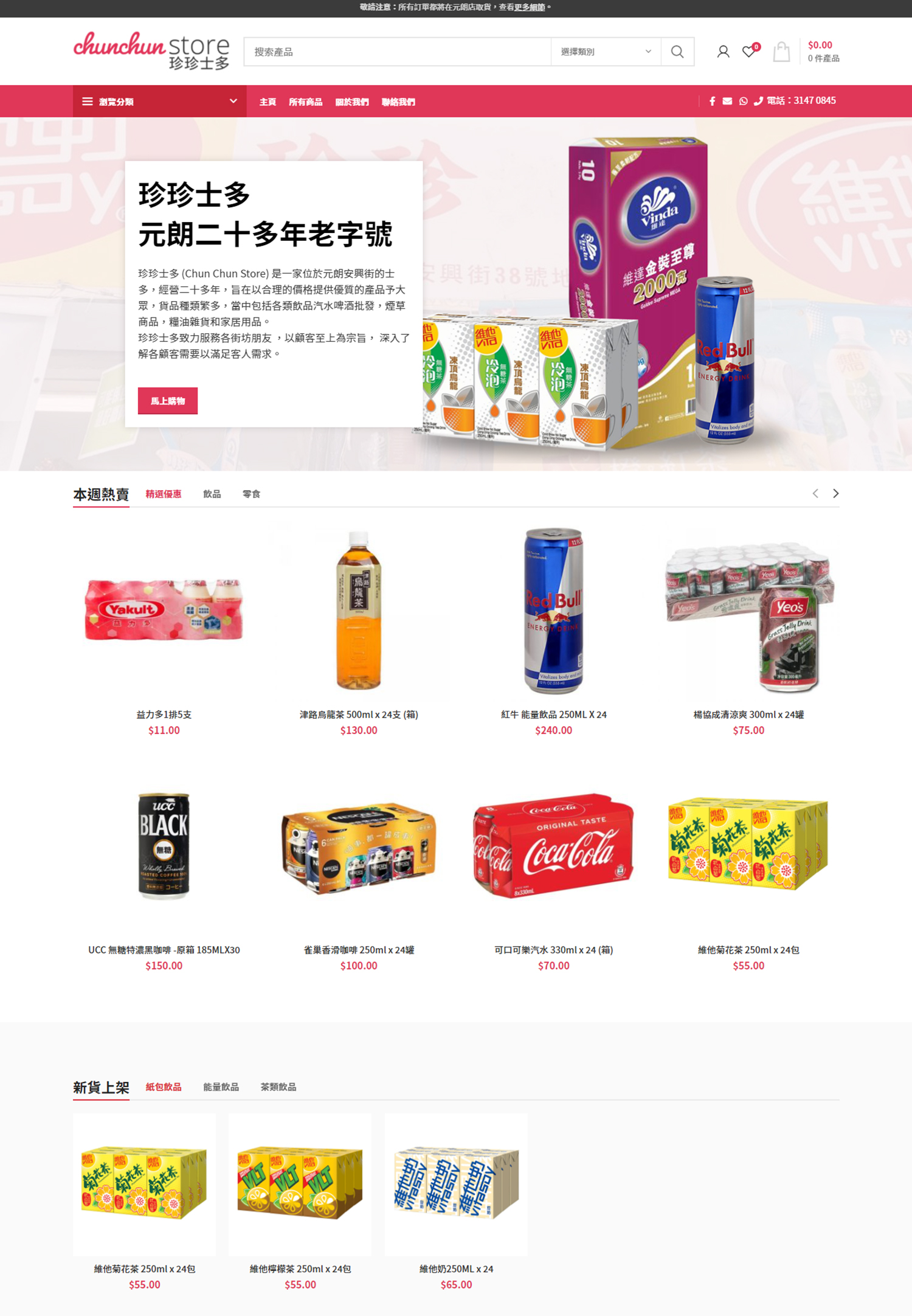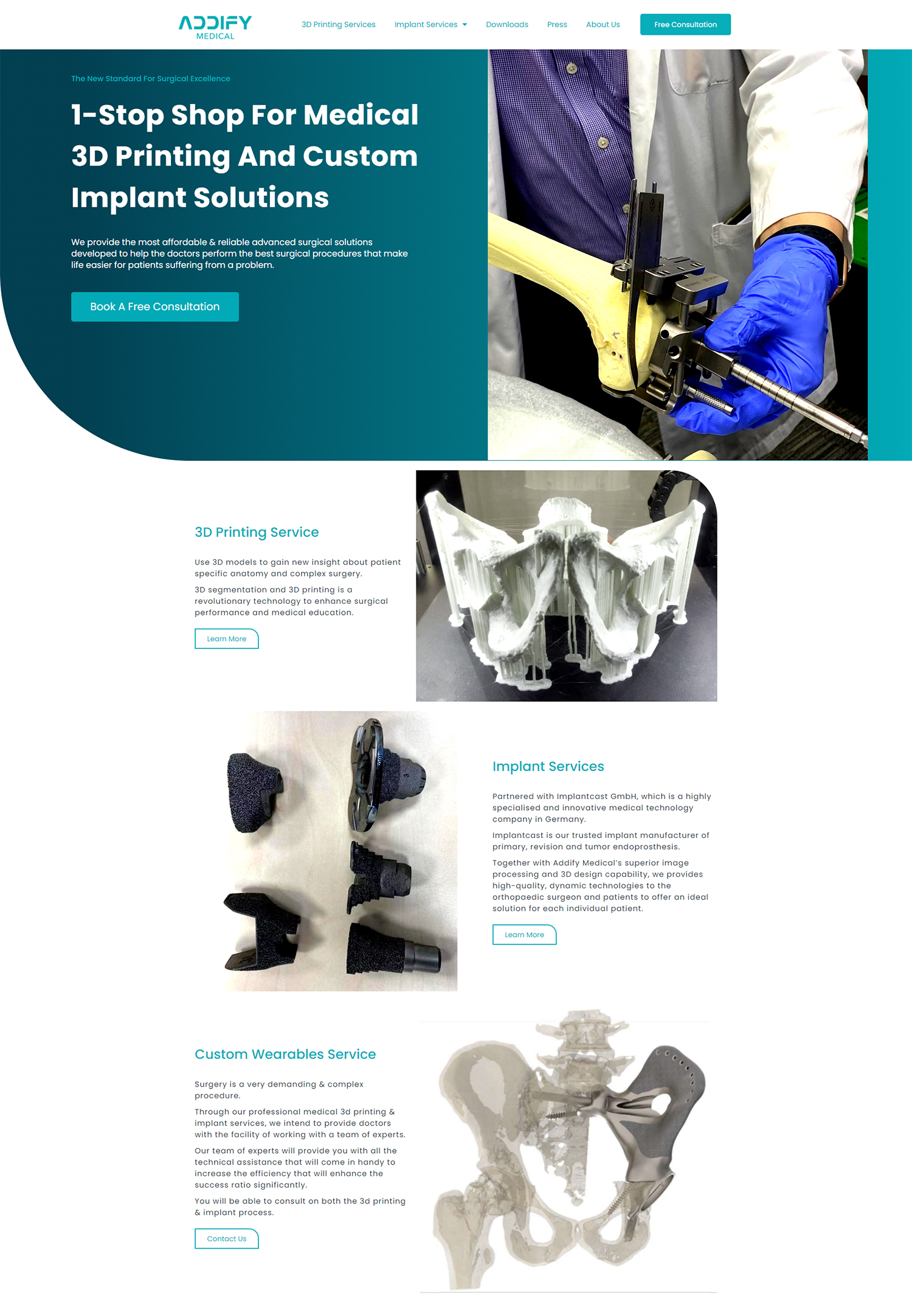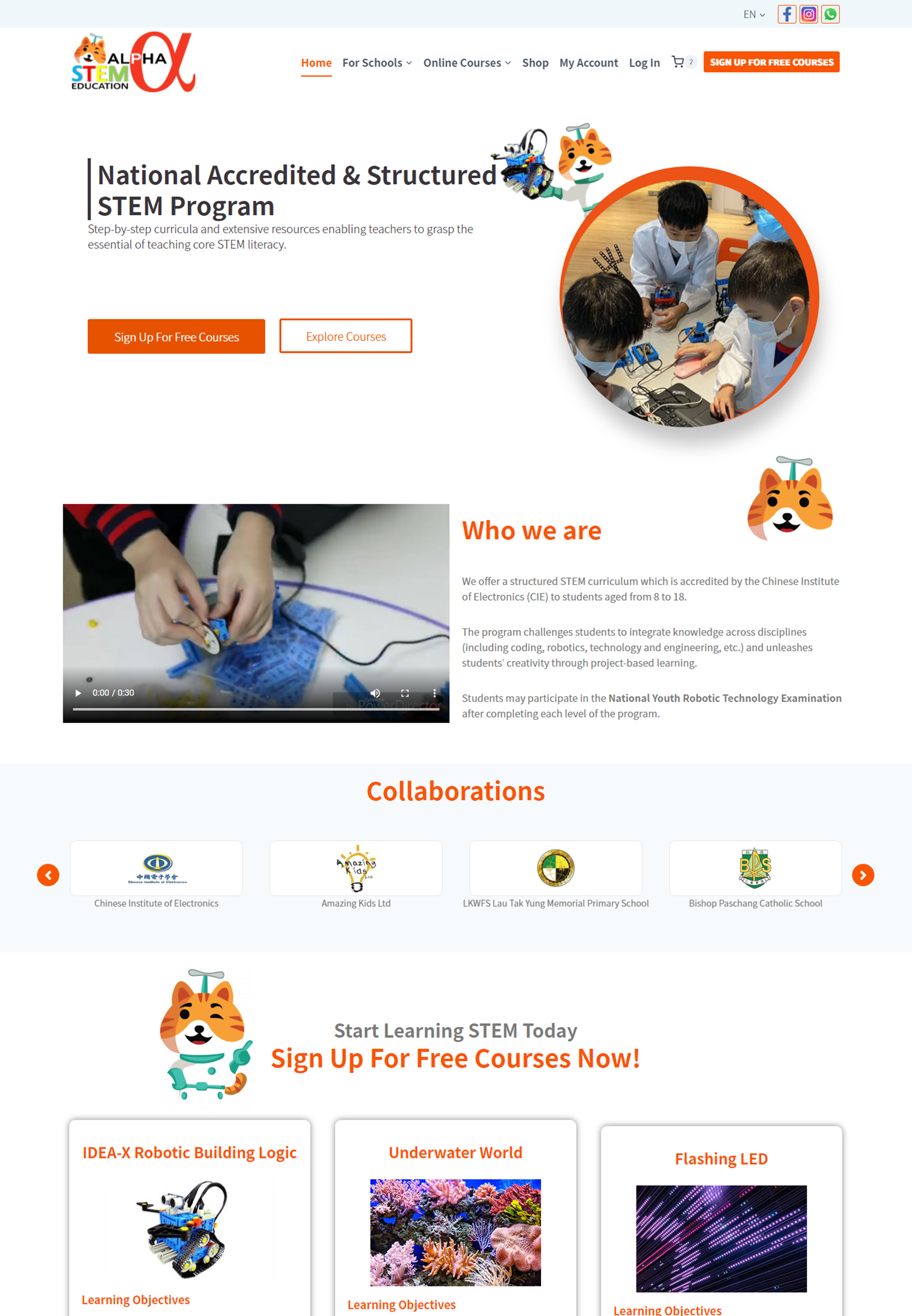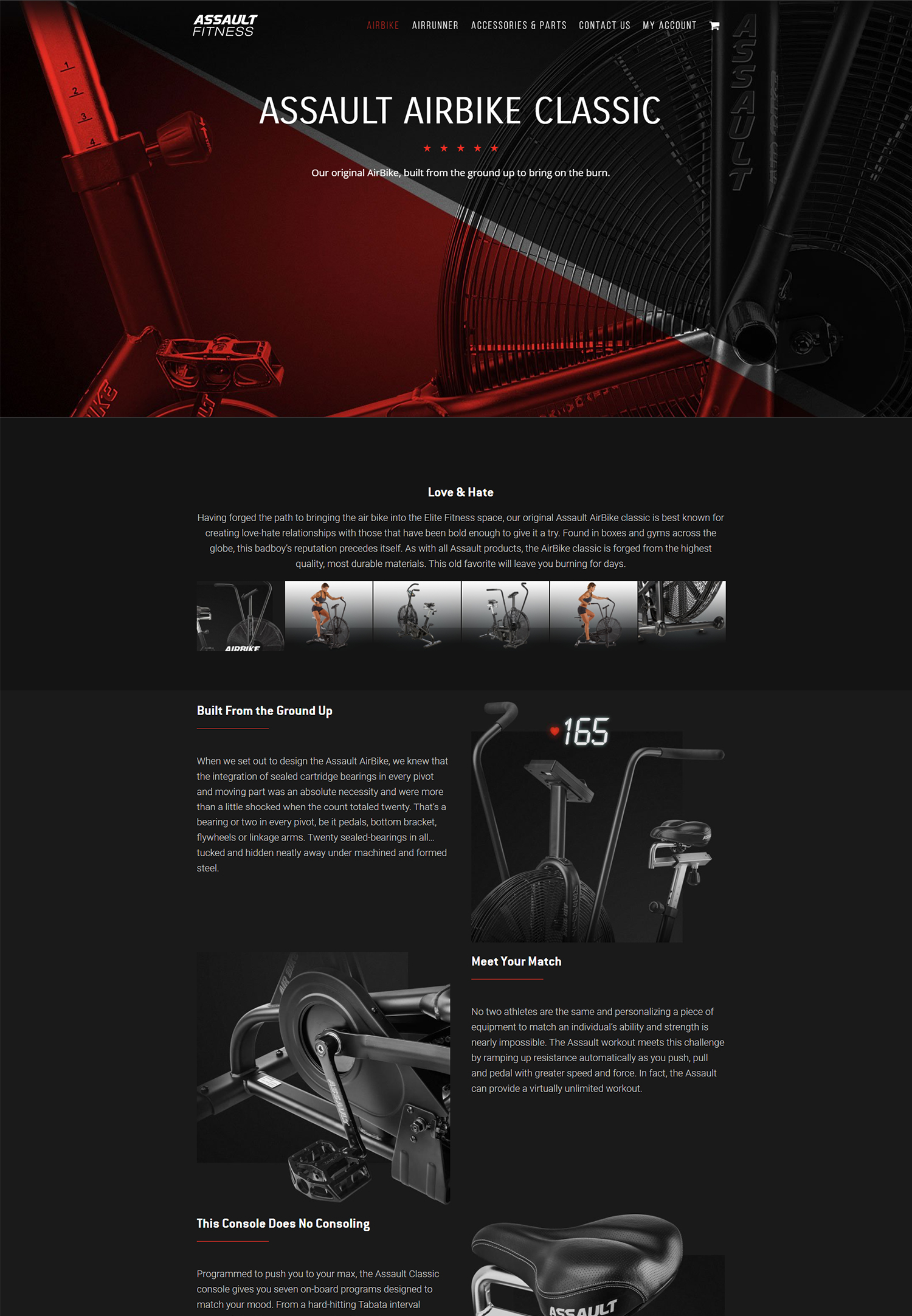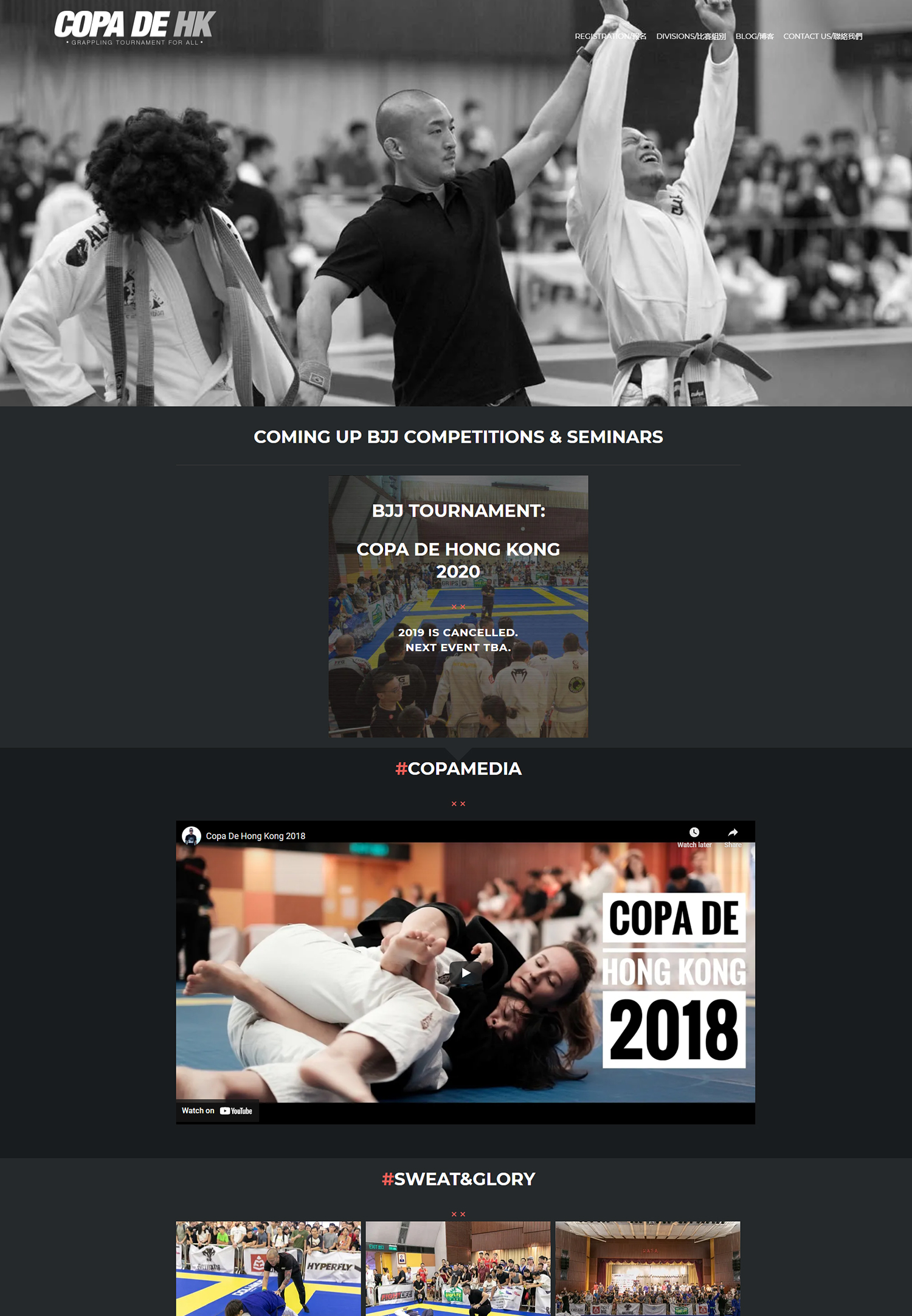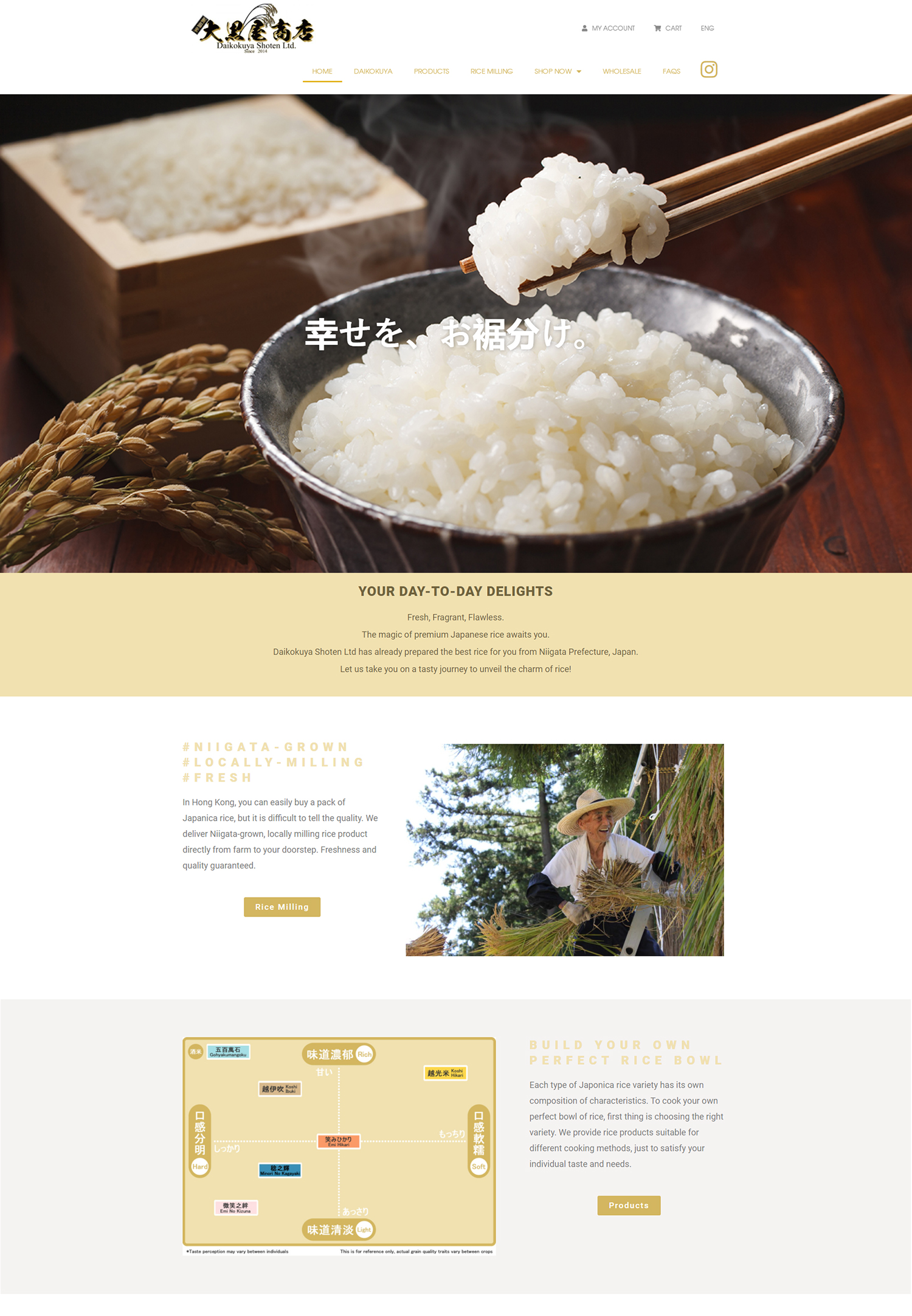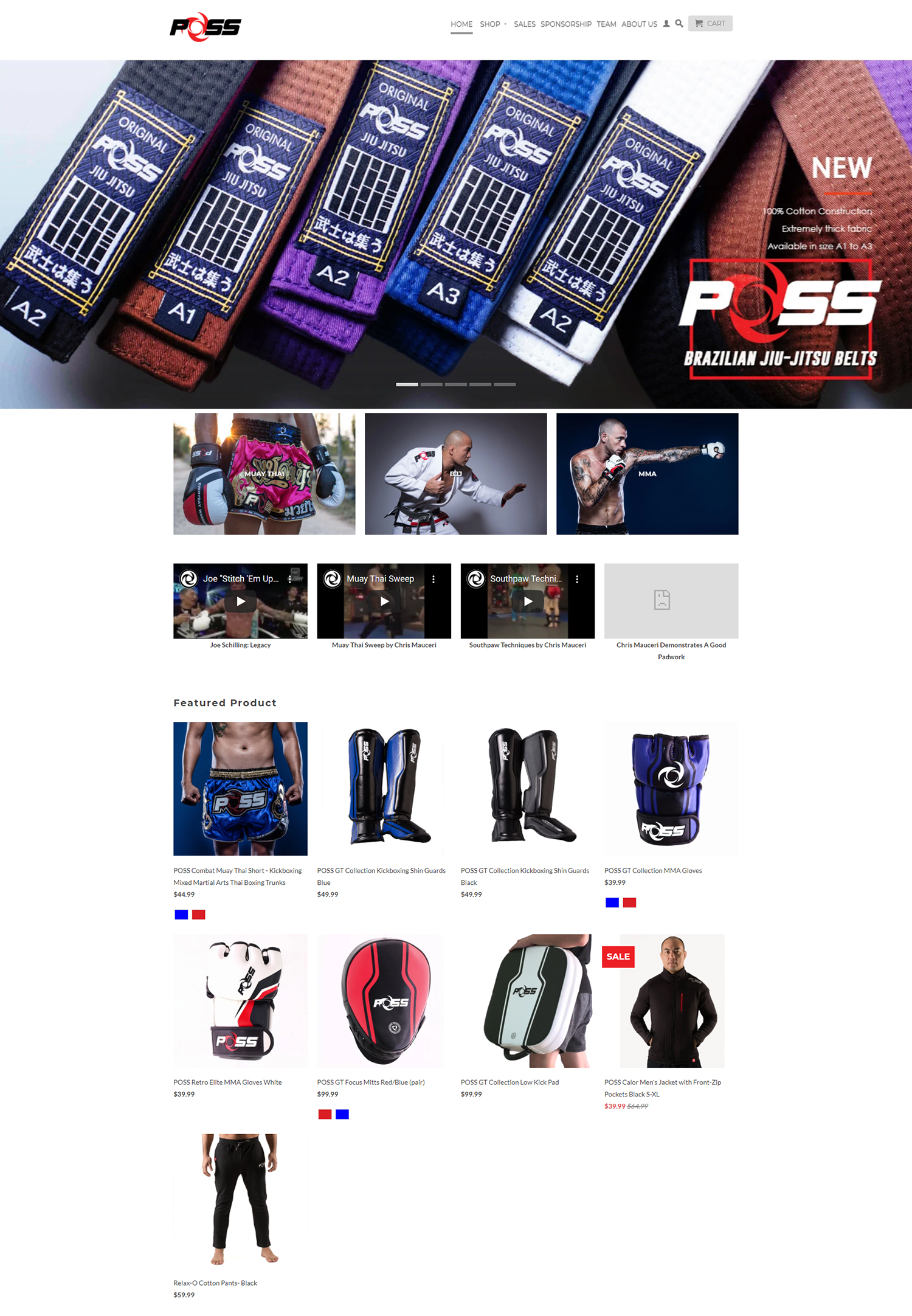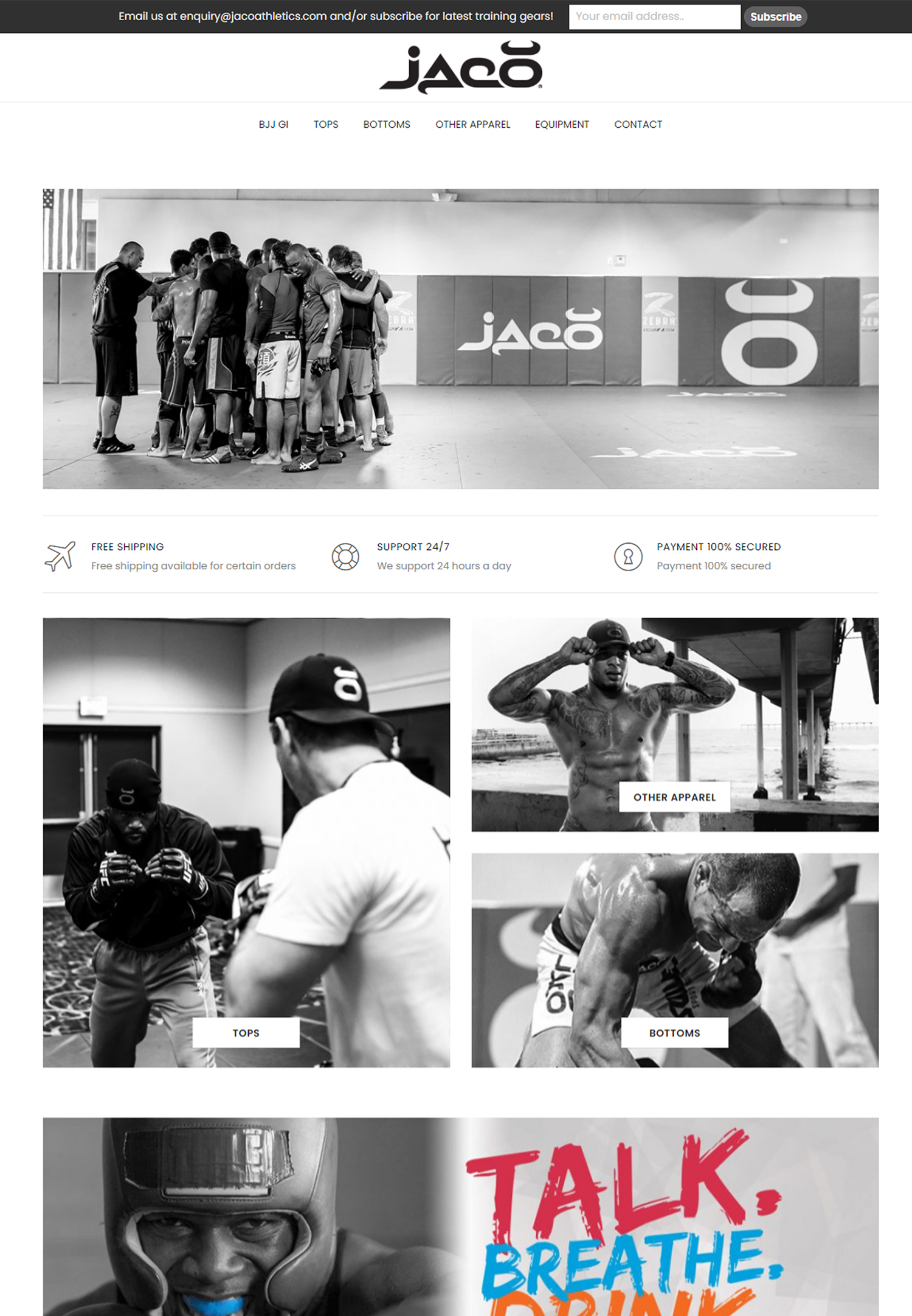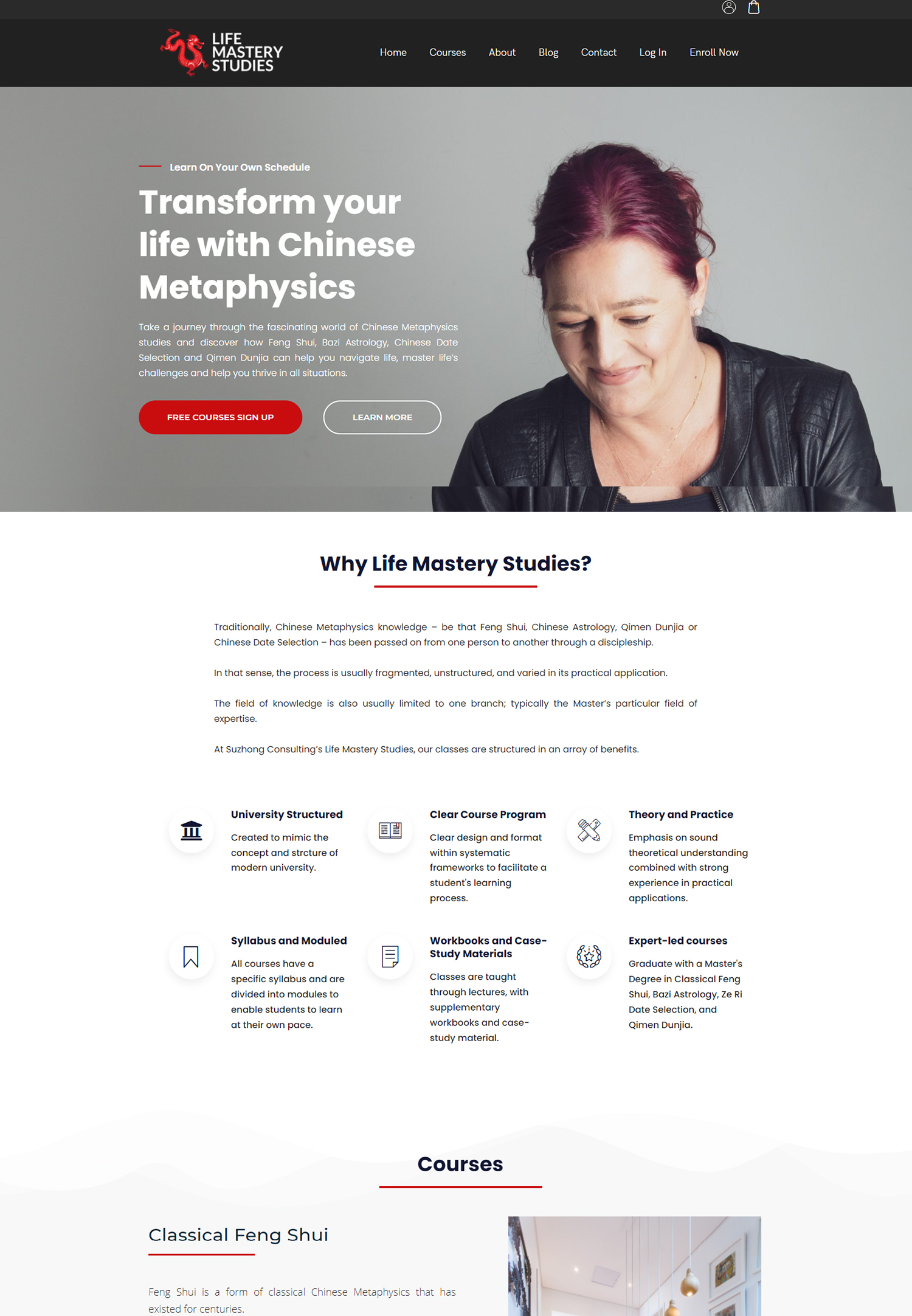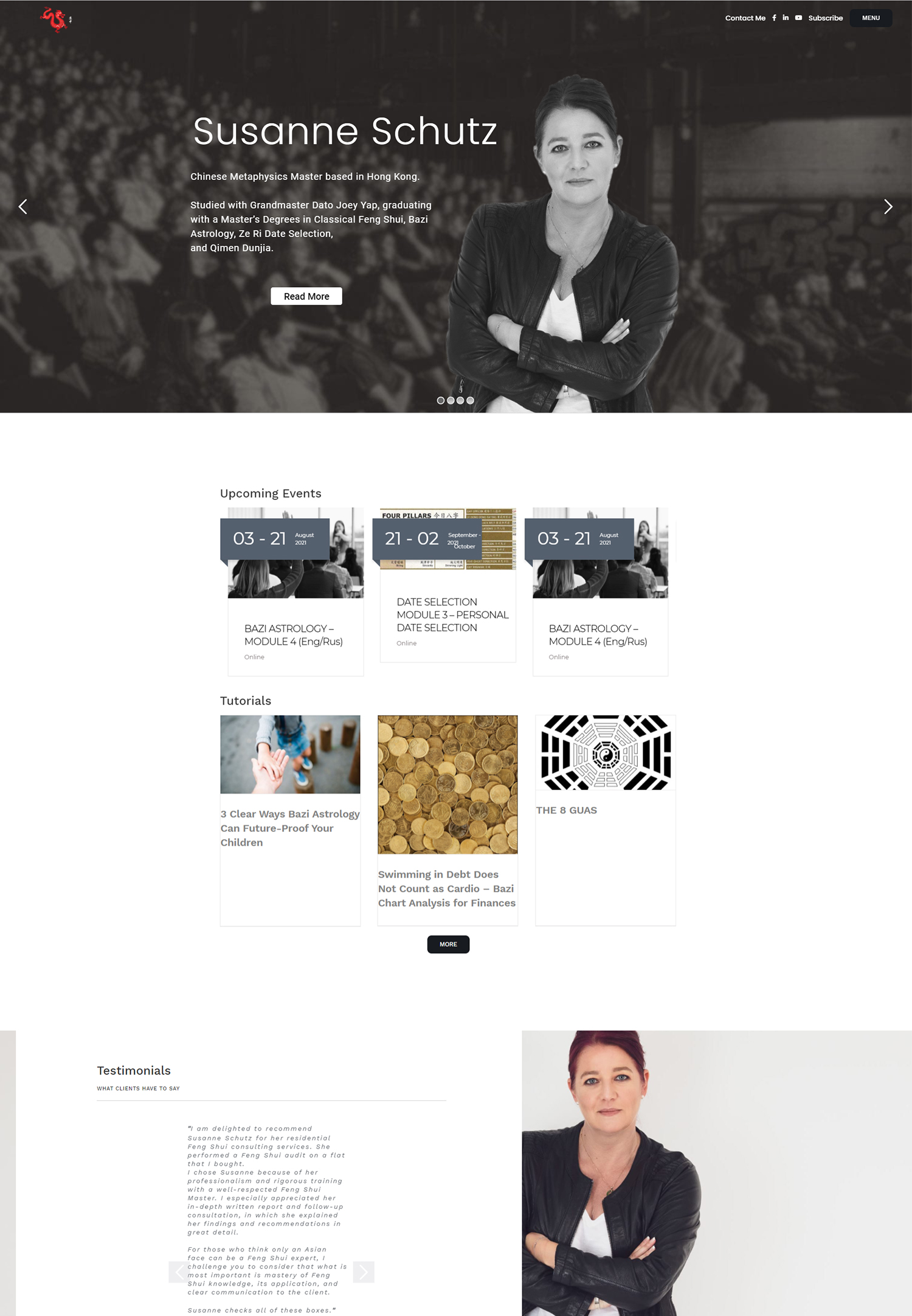When we embark on the journey of creating a landing page, it is crucial for us to first grasp its primary purpose. A landing page serves as a dedicated space where visitors arrive after clicking on a link, whether from an advertisement, email, or search engine result. Unlike a homepage that offers a broad overview of our brand, a landing page is designed with a singular focus: to convert visitors into leads or customers.
This focused approach allows us to tailor our messaging and design to meet specific goals, whether that’s capturing email addresses, promoting a product, or encouraging sign-ups for a webinar. Moreover, understanding the purpose of our landing page helps us align our marketing strategies effectively. We must ask ourselves what action we want our visitors to take and how we can facilitate that action.
By defining our objectives clearly, we can create a seamless user experience that guides visitors toward conversion. This clarity not only enhances our design choices but also informs the content we include, ensuring that every element serves the overarching goal of the page. Ultimately, a well-defined purpose is the foundation upon which we build an effective landing page.
Key Takeaways
- The purpose of your landing page should be clear and focused on a specific goal, such as lead generation or product promotion.
- Choose visual elements that are relevant to your brand and message, and that will capture the attention of your target audience.
- Craft compelling copy that clearly communicates the value of your offer and encourages visitors to take action.
- Design a clear call-to-action that stands out and prompts visitors to take the desired action, such as signing up or making a purchase.
- Optimize your landing page for mobile users to ensure a seamless and user-friendly experience across all devices.
Choosing the Right Visual Elements for Your Landing Page
As we delve into the visual aspects of our landing page, we recognize that the right elements can significantly impact user engagement and conversion rates. Visuals are not merely decorative; they play a pivotal role in conveying our message and guiding visitors through the content. We should consider using high-quality images that resonate with our target audience and reflect the essence of our brand.
Whether it’s product photos, lifestyle images, or infographics, these visuals should complement our copy and enhance the overall narrative we wish to present. In addition to images, we must also pay attention to color schemes and typography. The colors we choose can evoke emotions and influence perceptions about our brand.
For instance, warm colors like red and orange can create a sense of urgency, while cooler tones like blue and green often convey trust and calmness. Typography is equally important; it should be legible and align with our brand’s personality. By carefully selecting these visual elements, we can create a cohesive and appealing landing page that captures attention and encourages visitors to stay longer.
Crafting Compelling Copy for Your Landing Page
The words we choose for our landing page are just as vital as the visuals we incorporate. Compelling copy has the power to engage visitors, communicate value, and drive them toward taking action. We should start by identifying the key benefits of our offering and articulating them clearly.
Instead of merely listing features, we must focus on how our product or service solves a problem or fulfills a need for our audience. This approach not only makes our message more relatable but also positions us as a solution provider. Additionally, we should strive for clarity and conciseness in our writing.
Visitors often skim content rather than reading every word, so using bullet points, subheadings, and short paragraphs can help convey information quickly and effectively. We must also incorporate persuasive language that encourages action—words like “discover,” “join,” or “get started” can create a sense of urgency and excitement. By crafting copy that resonates with our audience and drives them toward conversion, we enhance the overall effectiveness of our landing page.
Designing a Clear Call-to-Action for Your Landing Page
A well-designed call-to-action (CTA) is arguably one of the most critical components of our landing page. It serves as the bridge between visitor interest and conversion, guiding users toward the desired action we want them to take. To create an effective CTA, we must ensure it stands out visually on the page.
This can be achieved through contrasting colors, bold fonts, or strategic placement within the layout. The goal is to make it impossible for visitors to miss while still maintaining harmony with the overall design. Moreover, the language we use in our CTA should be direct and action-oriented.
Phrases like “Sign Up Now,” “Get Your Free Trial,” or “Download Today” provide clear instructions on what we want visitors to do next. We should also consider adding an element of urgency or exclusivity—terms like “limited time offer” or “exclusive access” can motivate users to act quickly rather than delaying their decision. By designing a clear and compelling CTA, we can significantly increase the likelihood of converting visitors into leads or customers.
Optimizing Your Landing Page for Mobile Users
In today’s digital landscape, optimizing our landing page for mobile users is no longer optional; it’s essential. With an increasing number of people accessing websites via smartphones and tablets, we must ensure that our landing page provides a seamless experience across all devices. This begins with responsive design—our layout should automatically adjust to fit different screen sizes without compromising functionality or aesthetics.
We should also consider the loading speed of our landing page on mobile devices. Slow-loading pages can lead to high bounce rates, as users are often impatient when browsing on their phones. To enhance performance, we can optimize images for faster loading times and minimize unnecessary elements that could slow down the user experience.
Additionally, simplifying navigation and ensuring that buttons are easily clickable on smaller screens will further improve usability. By prioritizing mobile optimization, we can reach a broader audience and increase our chances of conversion.
Testing and Analyzing Your Landing Page Design
Continuous Evaluation for Success
Once we have created our landing page, it’s crucial for us to test and analyze its performance continually. A well-designed landing page is not static; it requires ongoing evaluation to ensure it meets our goals effectively.
Tracking Key Metrics for Insights
We can utilize various analytics tools to track key metrics such as conversion rates, bounce rates, and user behavior on the page. By analyzing this data, we gain valuable insights into what elements are working well and which areas may need improvement.
Data-Driven Design Decisions
A/B testing is one effective method for evaluating different versions of our landing page. By creating two variations—such as different headlines or CTA placements—we can measure which version performs better in terms of conversions. This data-driven approach allows us to make informed decisions about design changes rather than relying on assumptions.
Ongoing Optimization for Better Results
Regularly testing and analyzing our landing page ensures that we are continually optimizing for better performance and higher conversion rates.
Incorporating Trust Signals into Your Landing Page
Building trust with our audience is paramount when it comes to converting visitors into customers. One effective way to establish credibility is by incorporating trust signals into our landing page design. These signals can take various forms, such as customer testimonials, reviews, case studies, or industry certifications.
By showcasing positive feedback from satisfied customers or highlighting partnerships with reputable organizations, we reinforce our legitimacy in the eyes of potential clients. Additionally, including security badges or guarantees can further enhance trustworthiness. For instance, displaying SSL certification icons assures visitors that their personal information will be protected during transactions.
We should also consider adding clear return policies or satisfaction guarantees to alleviate any concerns about making a purchase. By strategically incorporating these trust signals into our landing page, we create an environment where visitors feel safe and confident in their decision to engage with us.
Implementing Effective A/B Testing for Your Landing Page
A/B testing is an invaluable tool in our arsenal for optimizing landing pages effectively. This method allows us to compare two versions of a page to determine which one yields better results in terms of conversions or user engagement. To implement A/B testing successfully, we must first identify specific elements we want to test—this could include headlines, images, CTA buttons, or even layout changes.
Once we have established what we want to test, we can create two variations of the landing page and direct traffic to both versions simultaneously. It’s essential to ensure that both versions receive enough traffic to yield statistically significant results; otherwise, our findings may not be reliable. After running the test for a predetermined period, we analyze the data to see which version performed better based on our defined metrics.
By embracing A/B testing as an ongoing practice rather than a one-time effort, we position ourselves for continuous improvement in our landing page design. Each test provides insights that inform future decisions, allowing us to refine our approach over time continually. Ultimately, this commitment to testing and optimization enhances our ability to connect with visitors effectively and drive conversions on our landing pages.
In conclusion, creating an effective landing page requires a multifaceted approach that encompasses understanding its purpose, selecting appropriate visuals, crafting compelling copy, designing clear CTAs, optimizing for mobile users, testing designs rigorously, incorporating trust signals, and implementing A/B testing strategies. By focusing on these key areas collectively, we can develop landing pages that not only attract visitors but also convert them into loyal customers.






